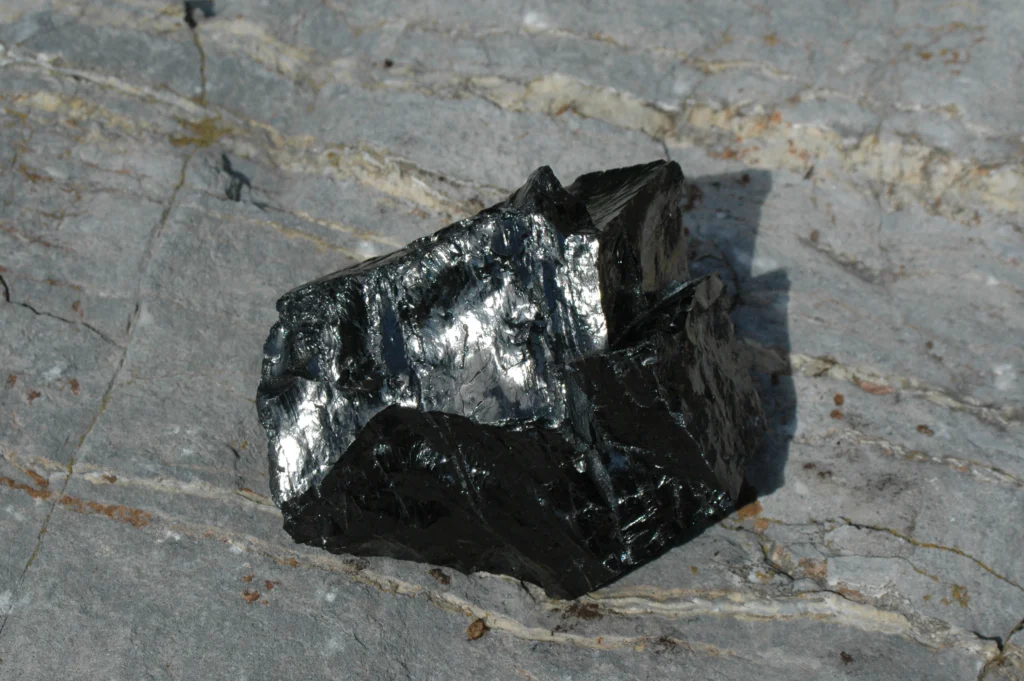Learn All About Anthracite
Anthracite
A versatile form of carbon ore.
A versatile form of carbon ore.

Anthracite, considered one of the most robust and efficient carbon-based materials, is gaining attention for its diverse applications, particularly in green energy, sustainable steelmaking, and water treatment. Found only in Pennsylvania in the United States, its unique properties make it an essential material in industries focused on sustainability and efficiency.
In the United States, anthracite sometimes is extracted underground but more commonly through modern surface mining and the remining and reclamation of previously mined areas to extract the remaining anthracite. The latter methods mitigate the legacy of acid mine discharge, open shafts and slopes, surface subsidence, mine fires, and scarring of the surface that resulted from historical mining practices. Innovative mining of remaining anthracite eliminates underground channels, restores the surface to natural conditions, and promotes the natural filtration of surface water.

Wait there’s more! Click below to learn about the rest of our essential minerals.